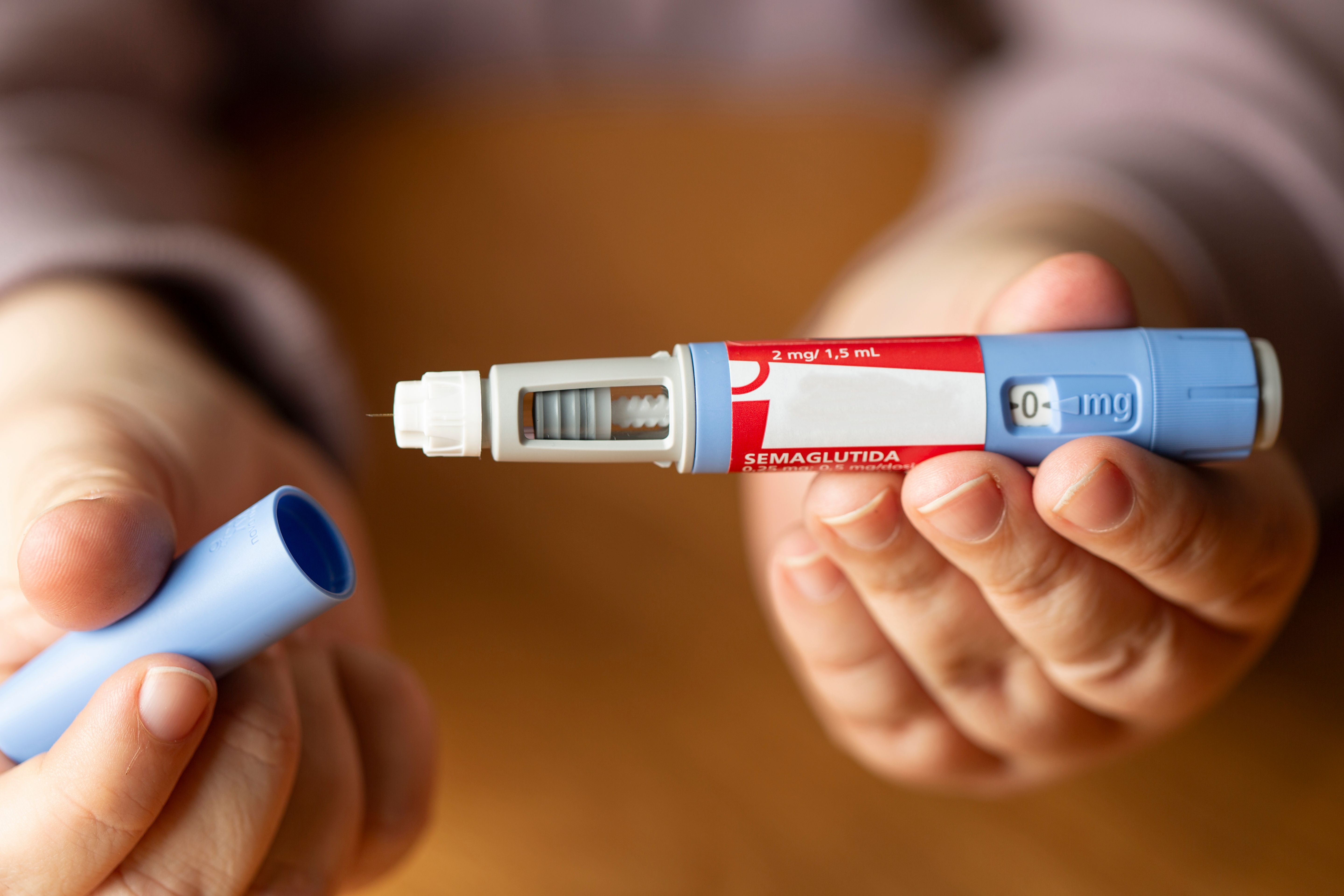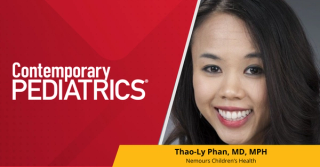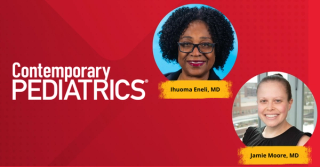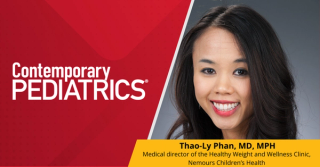
Obesity
Latest News

Video Series
Latest Videos
Podcasts
CME Content
More News

In the phase 3 TRANSCEND trial, setmelanotide met the primary endpoint of a statistically significant and clinically meaningful BMI reduction compared to placebo.

On World Obesity Day, take this short quiz and test your knowledge of the AAP's clinical practice guideline to evaluate and treat children and adolescents with obesity.

Colleen Sloan, PA-C, RDN, emphasizes the importance of learning to spot added sugars, compare portion sizes, and recognize misleading marketing claims to give patients a practical tool to take ownership of their health.

According to a new study, racial and ethnic disparities were evident when counseling on nutrition, lifestyle, and weight among children with high blood pressure measurements.
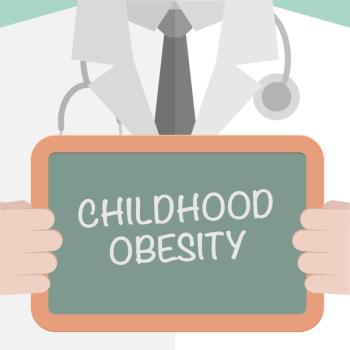
"The greatest risk reductions were demonstrated in those who experienced obesity remission during childhood," stated study authors.

Across all years in the report, the CDC rated each physical activity trend with a color of red, indicating that trends are going in the "wrong direction."

The expanded indication is approved to reduce excess body weight and maintain reduction long-term in children 2 years and up with obesity due to BBS, POMC, or LEPR deficiency.

"Our findings support the recommendation of a healthy diet based on the current guidelines (as measured by the HEI) during pregnancy, since it may reduce patterns of infant growth outside reference ranges."

A decade after bariatric surgery, most teens maintained weight loss and reduced obesity-related conditions such as type 2 diabetes and hypertension.

Get caught up with Contemporary Pediatrics! This list helps you navigate our top stories from last week, all in one place.

The detected reduction in HRs for suicidal ideation among adolescents with obesity prescribed GLP1R suggests potential avenues for future research.

GLP-1 receptor agonists are increasingly being used to treat obesity in adolescents.

Kay Rhee, MD, discusses the challenges of pediatric obesity treatment, highlighting the role of biological and environmental factors, behavioral interventions, and the potential benefits of GLP-1 medications in weight management for children and teens.
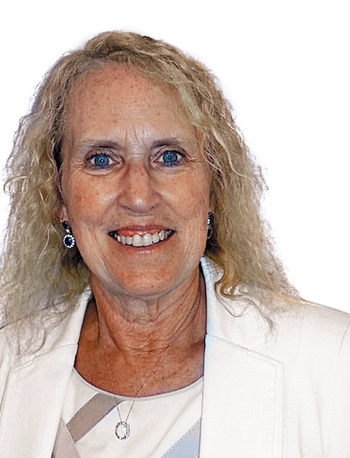
In her September 2024 article, Donna Hallas, PhD, PPCNP-BC, CPNP, PMHS, FAANP, FAAN, highlights the potential of digital health tools to improve care for pediatric mental health, obesity, and medically complex conditions.

Investigators found the association for higher BMI, increased obesity risk, and increased severe obesity risk.

Following the FDA's acceptance of the NDA, a PDUFA date of December 26, 2024 has been set for setmelanotide in patients as young as 2 years of age.

Get caught up with our journal! Review some of the top stories from the Contemporary Pediatrics website over the last week, and catch up on anything you may have missed.

Digital tools like health apps, texts, and telemedicine show promise in managing childhood obesity, but require sustained engagement for long-term impact.

A recent study reveals a direct association between higher maternal body mass index and the risk of sudden unexpected infant death, underscoring the need for further research into the causal mechanisms.

Donna Hallas, PhD, PPCNP-BC, CPNP, PMHS, FAANP, FAAN, shares her thoughts on the July 2024 issue of Contemporary Pediatrics.

Get caught up with our journal! Review some of the top stories from the Contemporary Pediatrics website over the last week, and catch up on anything you may have missed.

Wondering what’s the best way to talk to children about their weight? Colleen Sloan, PA-C, RDN, provides some clinical pearls you can incorporate into your practice.

Participants included adolescents aged 13 to 17 years with severe obesity, defined as at or greater than 120% of the 95th BMI percentile.

The USPSTF is encouraging providers to promote behavioral interventions as the primary effective intervention for weight loss in children and adolescents.

A recent study suggests that high ultraprocessed food consumption in preschool children is linked to increased cardiometabolic risk factors.


